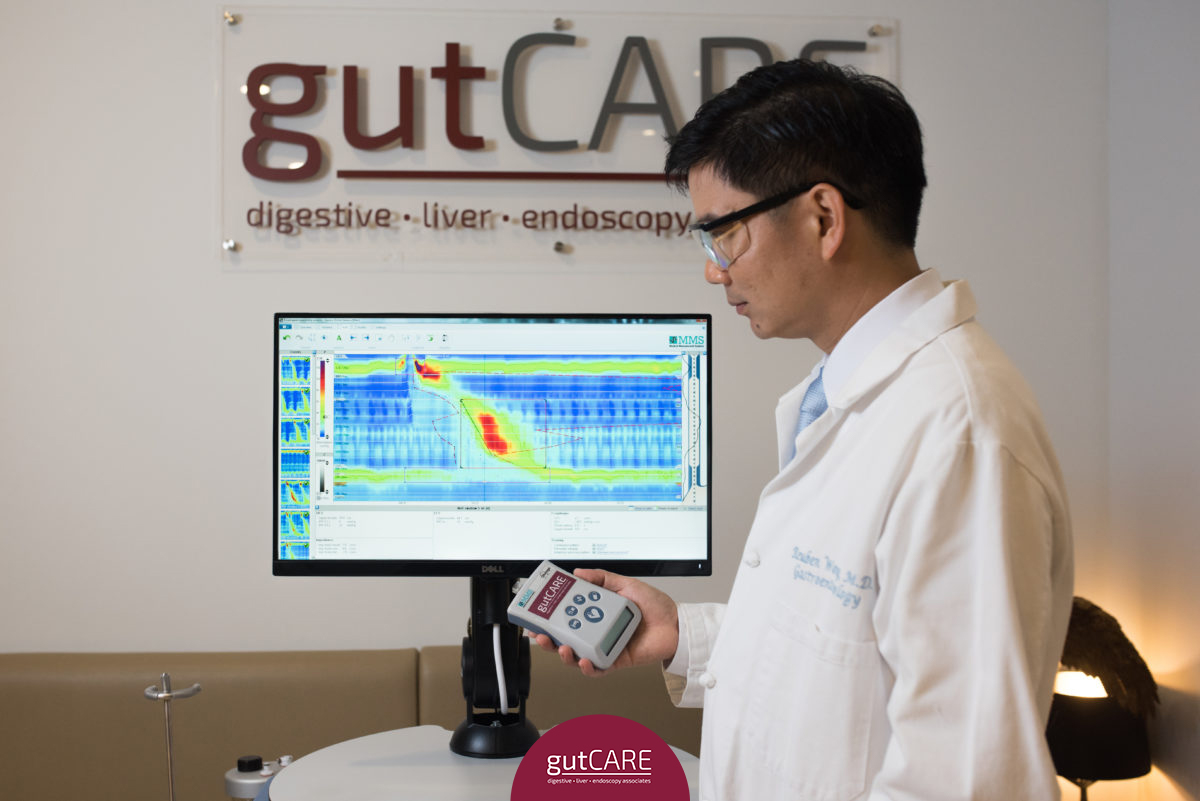High Resolution Manometry
What is High Resolution Manometry?
Esophageal manometry is a motility (movement) study of your esophagus (or food pipe), which is a long muscular tube that connects the throat to the stomach. The lower oesophageal sphincter lies at the lower end of the esophagus which meets the stomach, and helps to prevent stomach contents like acid from backing up the oesophagus (referred to as acid reflux).
The purpose of this test is to check if the muscles and nerves in your esophagus are working well and measure the muscle contractions that occur in the esophagus when you swallow. It also measures the coordination or force of your esophageal muscles food that moves food along into the stomach. Overall, it helps to evaluate how well your esophagus is performing.

A small sterilized tube with multiple sensors is gently inserted down the nose into the esophagus. This tube contains special tiny pressure sensors and will accurately measure the movement and contraction of the esophagus in real-time.
This test can be useful to help diagnose certain health conditions or disorders that are related to the esophagus, such as achalasia, scleroderma or diffuse esophageal spasm. It can also be conducted prior to surgery for reflux disorders and in evaluations of patients with chest pain not associated with heart disease.
You may be asked not to take certain medications the day before and on the day of the test.
Please check if your doctor regarding any medications you are taking so it will not affect and influence the test results.
Fasting with no eating and drinking for 6 hours before your appointment time.
During this procedure, a local anaesthetic is applied to your nose and throat to numb the nasal area. A small thin tube will be inserted through your nose into your esophagus. Once it is in place, you may be asked to remain seated or lie on your back on an exam table.
You will then be made to swallow a few sips of water while pressure recordings are taken to check your swallowing function, the strength, pressure and pattern of your esophageal muscle contractions. The tube is slowly withdrawn once the test is done, which lasts about 30 minutes
You may resume your normal daily activities after the esophageal manometry is complete.
The results of the esophageal manometry can be received in one to two days, which can be a part of a pre-operative evaluation or to identify the cause of your esophageal symptoms. At the next follow-up appointment, your specialist will discuss the results of your test and provide recommendations or advice on the best way forward depending on your medical needs.
The risk of the procedure is minimal, and the same as having a feeding tube inserted. The latter is commonly done in the community by nurses with little to no risk.
The test is performed at our gutCARE clinic by our neurogastromotility specialist.
The study is interpreted as per the Chicago IV international classification.




